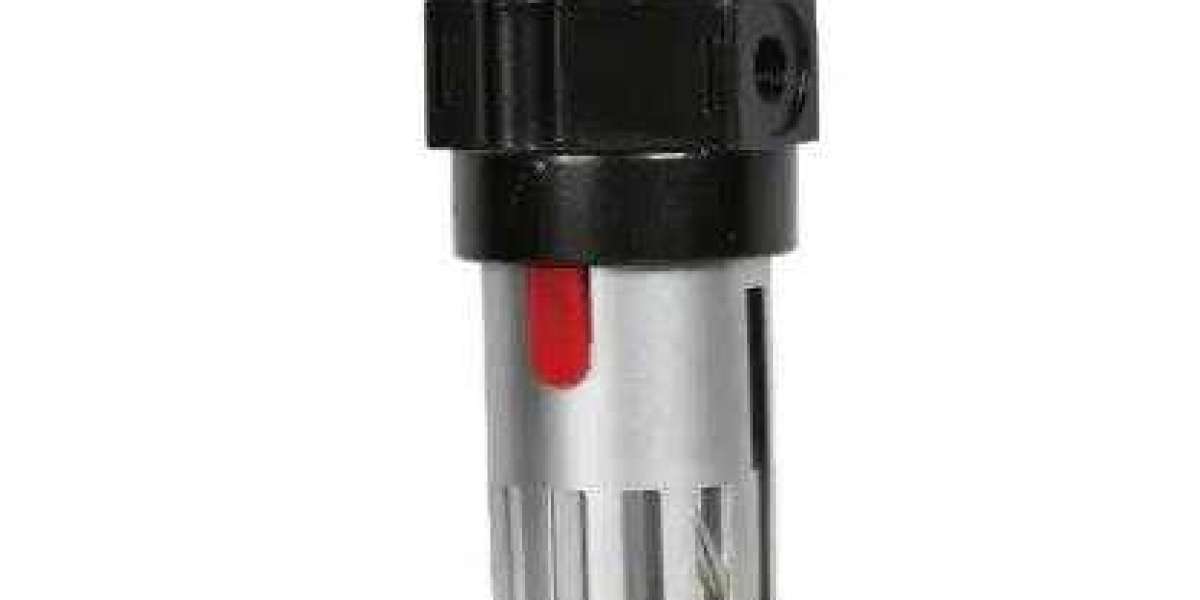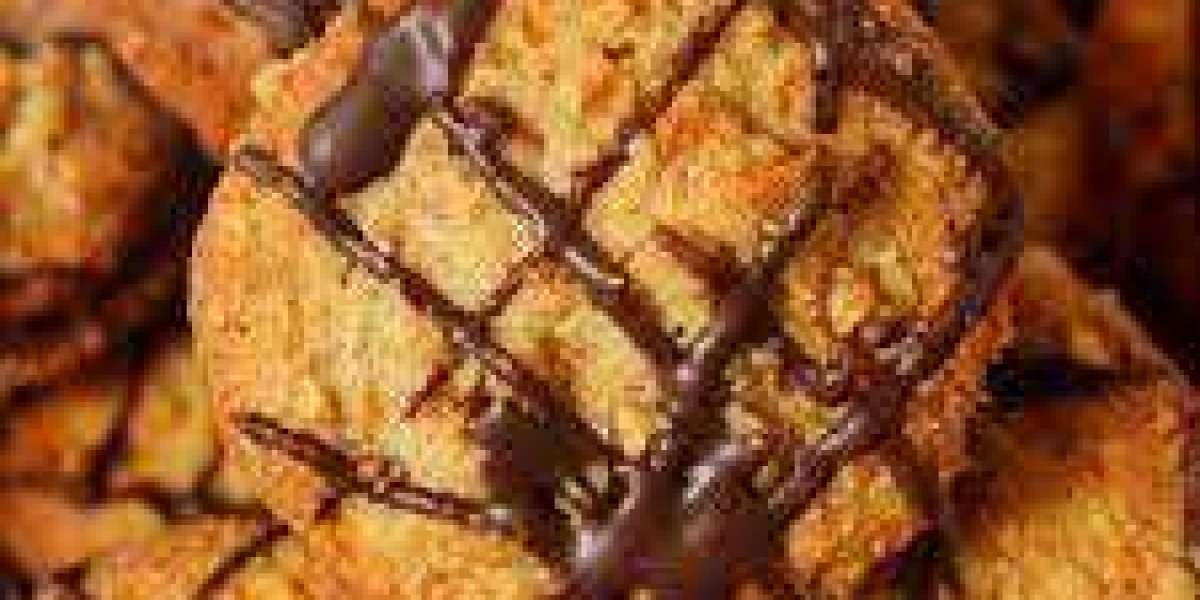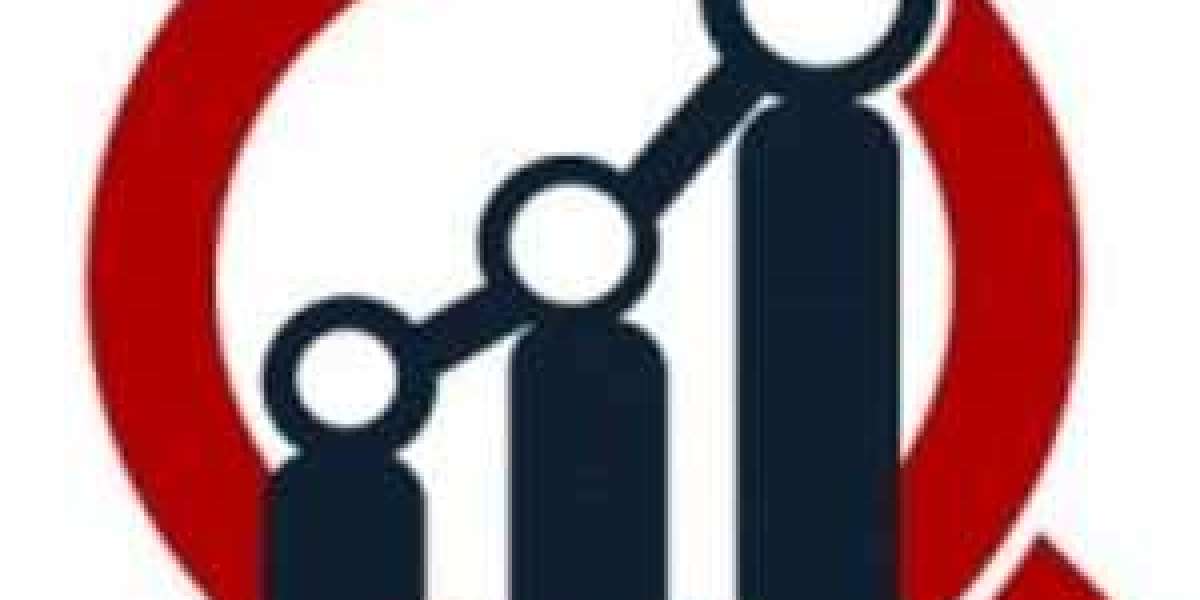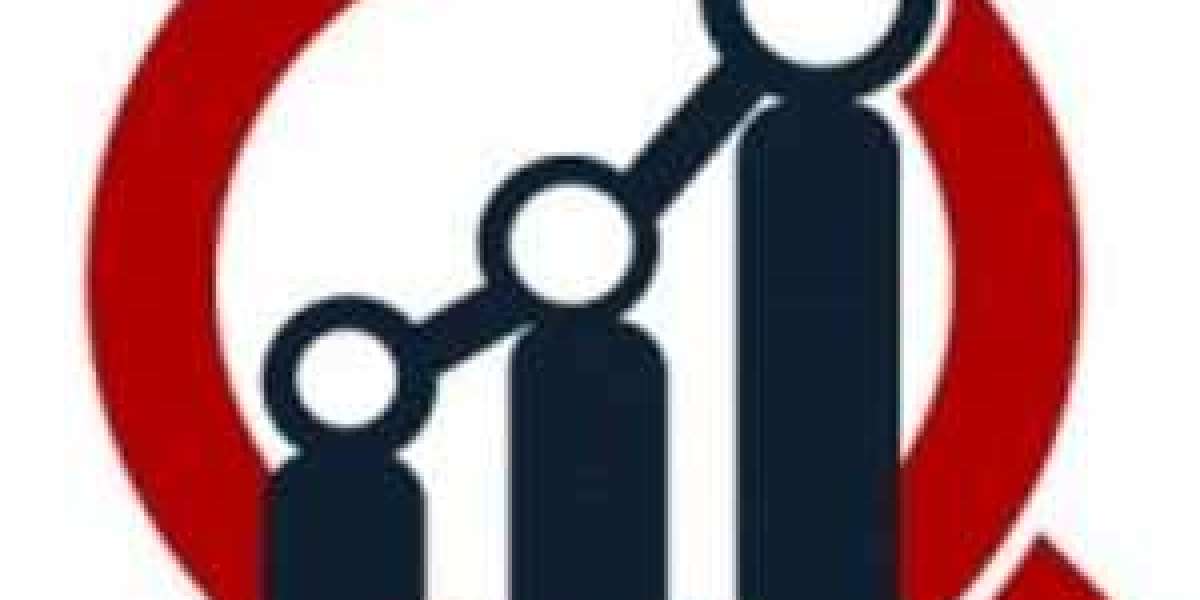The air leaving the compressor is hot, dirty, and humid—which can damage downstream equipment and shorten its life, including valves, cylinders, and air tools. Therefore, before the compressed air leaves the system, it needs to be cleaned and lubricated. Whereas FRL combines a filter, regulator, and lubricator into one assembly to keep the air compressor system in top working order.
The air filter regulator cleans the compressed air. It filters the air, captures solid particles (dust, dirt, rust), and separates any liquids (water, oil) from the compressed air. Filters are installed in piping upstream of regulators, lubricators, directional control valves, and pneumatic devices such as air cylinders and air motors.
Because air filters remove contaminants from pneumatic systems, they prevent equipment damage and reduce production losses from contaminant-related downtime. Downtime is expensive and often the result of contaminated and poorly maintained compressed air systems.
General-purpose filters are used to remove water and particles while coalescing filters are used to remove oil, and vapor removal filters are used to remove oil vapors and odors.
Pressure regulators reduce and control air pressure in compressed air systems, including rotary screw air compressors. Regulators are also often referred to as PRVs (Pressure Reducing Valves).
Ideally, a pressure regulator maintains a constant output pressure regardless of changes in input pressure and downstream flow requirements. In practice, the output pressure is affected by changes in primary pressure and flow.
Universal regulators are available in pressure reducing or non-pressure reducing versions. The pressure-reducing regulator can adjust from high pressure to low pressure. Even in a dead-end situation, the pressure-reducing regulator will allow excess downstream pressure to drain. This pressure release can cause a loud hissing sound, which is completely normal.
A similarly tuned non-relief regulator will not let downstream pressure escape. Instead, trapped air needs to be released in other ways—for example, by operating a downstream valve.
Lubricators add controlled amounts of tool oil to a compressed air system to reduce friction in moving parts. Most air tools, cylinders, valves, air motors, and other pneumatic equipment require lubrication to prolong their life.
Ningbo Sinppa Air Tools Factory is a Chinese manufacturer of pneumatic tools. The company mainly produces and sells Tire Repair Tools, Tubeless Snap Tire Valve, Air Quick Coupler, and other tools. Its products mainly include air couplers, air tools, hand tools, and electronic tools.






